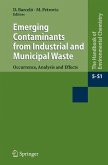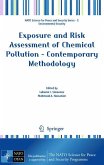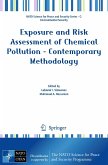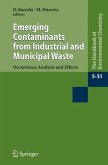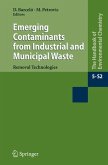Nowadays, the emission of "emerging" or "new" unregulated contaminants has become a great environmental problem. Among them, those that are used in large quantities in every day life, such as pharmaceuticals, surfactants, plasticizers and various industrial additives deserve a special attention. Besides, as their effects on environment are not completely clear, information such as byproducts biodegradability and toxicity along treatments are useful for the assessment of new water treatment processes. In this work, the ozonation of emergent contaminants represented by pharmaceuticals (Sulfamethoxazole and Bezafibrate) and surfactants (Quaternary Ammonium Compounds) was studied. Results in terms of target compound degradation and mineralization along with the biodegradability and toxicity assessment of formed intermediates are presented. The data present in this work should be useful for academics and professionals from companies working on the ozone application for water remediation.
Bitte wählen Sie Ihr Anliegen aus.
Rechnungen
Retourenschein anfordern
Bestellstatus
Storno


